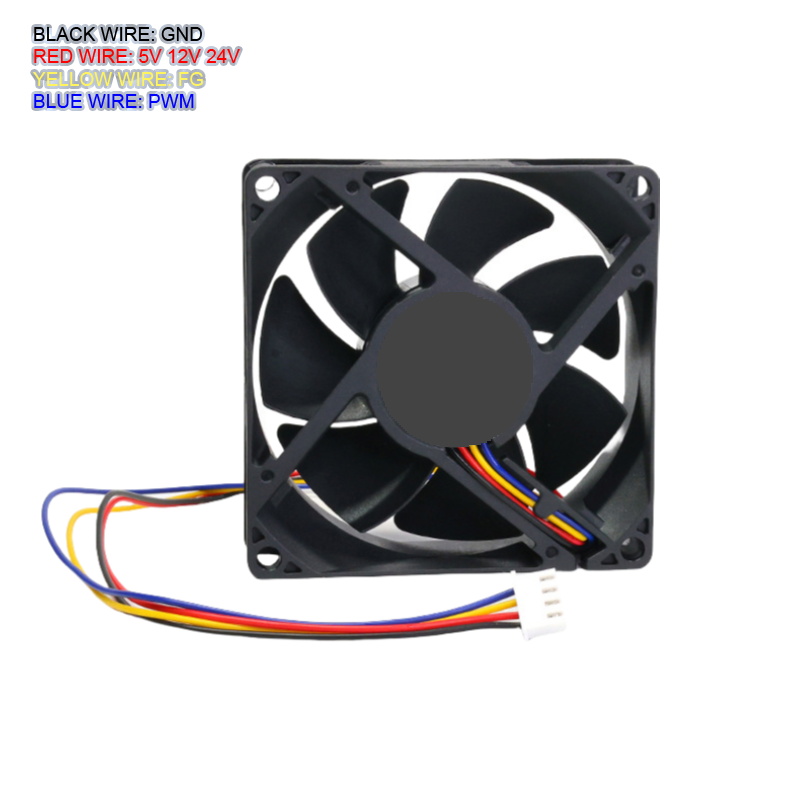
This article mainly introduces the various functions of DC axial fans that help you monitor, control, and protect your equipment. Understanding these key functions allows you to select the right fan for your application and ensure reliable performance.
1. FG Function
The FG (Frequency Generator) function provides real-time feedback on the fan’s speed by outputting a frequency signal that corresponds to its rotation rate. This allows you to monitor fan health, adjust speed for optimal cooling, and prevent overheating.
Tip: Use the FG output to set automatic alerts if the fan speed drops below a specified threshold.
2. RD Function
The RD (Rotation Detection) function serves as an alert system for your DC axial fan. It provides a simple binary signal indicating whether the fan is rotating normally: when operating correctly, the RD output remains low; if the fan stops or is blocked, it switches to high. This instant feedback enables you to:
- Quickly identify fan failures
- Activate safety measures to safeguard your equipment
- Minimize downtime by responding promptly to issues
3. PWM Function in DC Axial Fans
PWM (Pulse Width Modulation) technology allows precise control of your DC axial fan speed. By adjusting the duty cycle of a square wave signal, the fan’s internal circuit automatically adapts, enabling smooth and efficient speed regulation. Benefits include:
- Energy savings of up to 50% by matching fan speed to cooling needs
- Reduced wear and tear, extending fan lifespan
- Lower noise levels and improved energy efficiency, especially in demanding environments
4. Waterproof Function
Waterproof DC axial fans protect equipment from moisture, dust, and harsh conditions. They are rated by the IP (Ingress Protection) system per IEC 60529, indicating their resistance levels. These fans are widely used in industries like telecom, automotive, marine, medical, food processing, and renewable energy, featuring advanced coatings and rustproof materials such as ABS plastic and stainless steel—tested for durability in coastal or humid environments.
Benefits include:
- Extending equipment lifespan by resisting moisture and dust
- Maintaining airflow and preventing overheating in tough conditions
- Ensuring hygiene and safety in food and medical sectors
- Providing reliable cooling for outdoor electronics and industrial machinery
| IP Rating | Dust Protection | Water Protection | Typical Application |
| IP55 | Limited | Water jets | Industrial, indoor/outdoor |
| IP67 | Complete | Immersion up to 1 meter | Marine, outdoor, harsh environments |
| IP68 | Complete | Continuous immersion | Submerged, extreme environments |
5. Temperature Control
Temperature control in DC axial fans uses sensors and smart controllers to automatically adjust speed, ensuring optimal cooling and protecting sensitive equipment. When temperatures rise, the fan increases speed; when they fall, it slows down to save energy and reduce noise.
Benefits include:
- Preventing overheating, thus extending the lifespan of components like CPU, GPU, and power supplies
- Reducing the risk of equipment failure and fire hazards in industrial and electronic systems
Note: Temperature control enhances safety, energy efficiency, and long-term reliability in demanding environments.
By understanding features like FG, RD, PWM, waterproof, and temperature control, you can select a fan that best fits your environment and cooling needs, ensuring reliable performance and safety over time.




